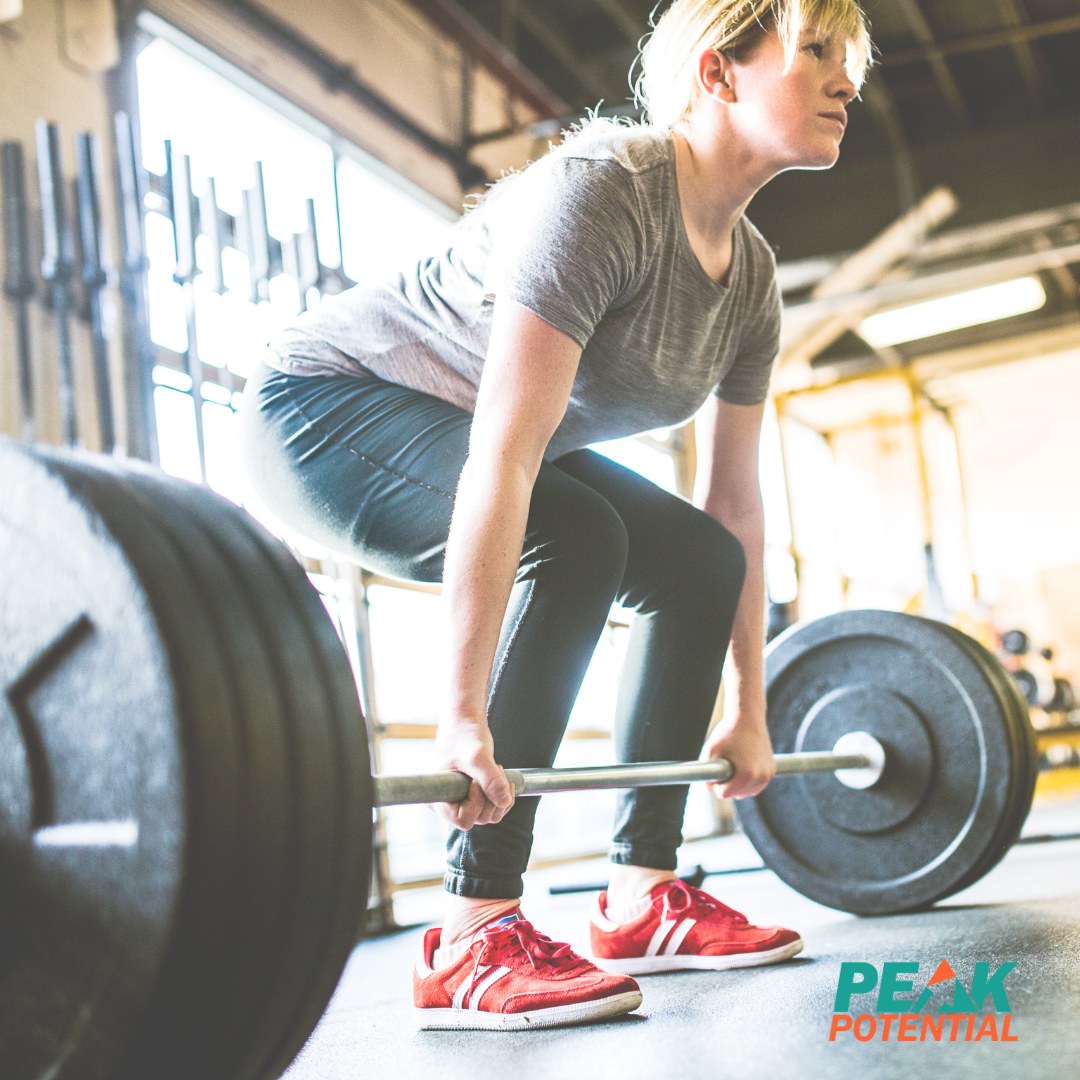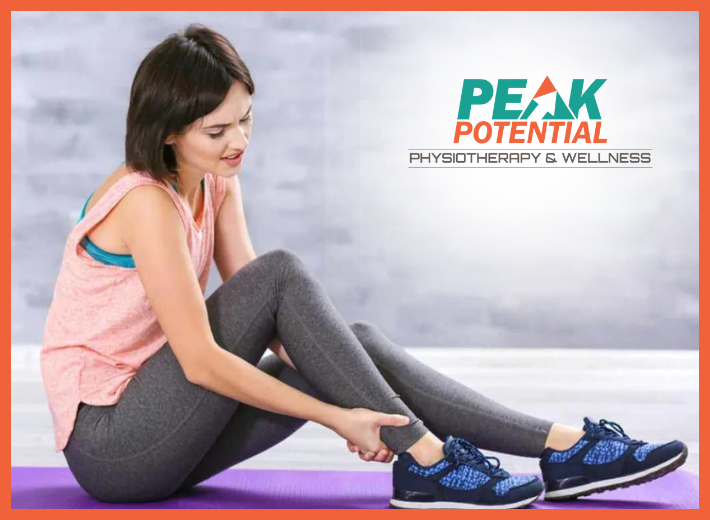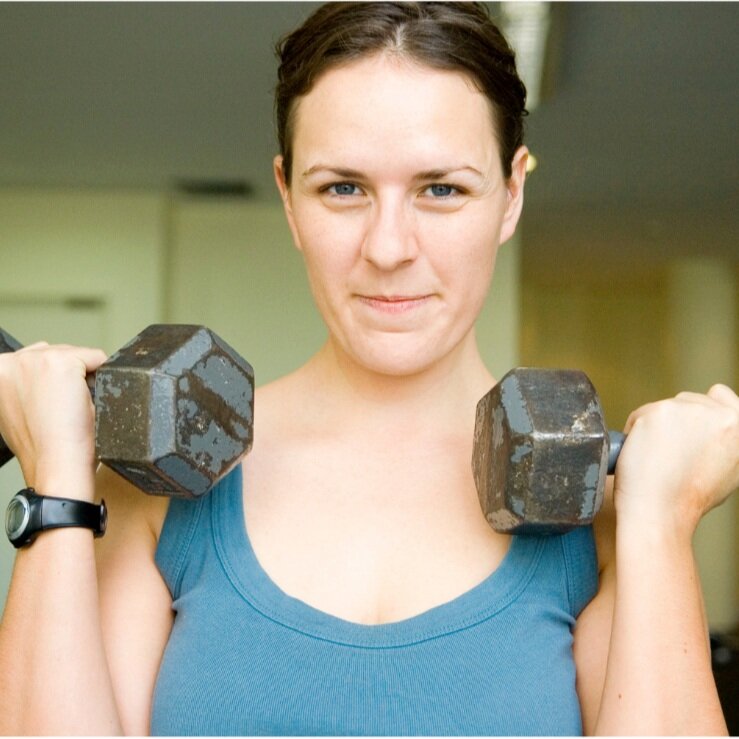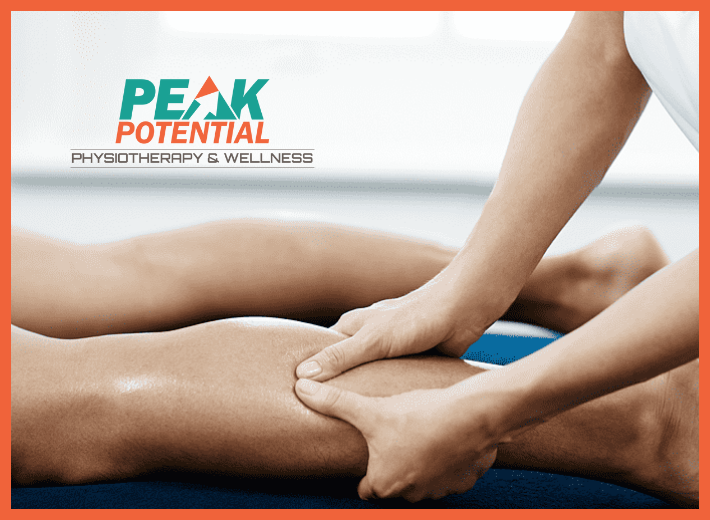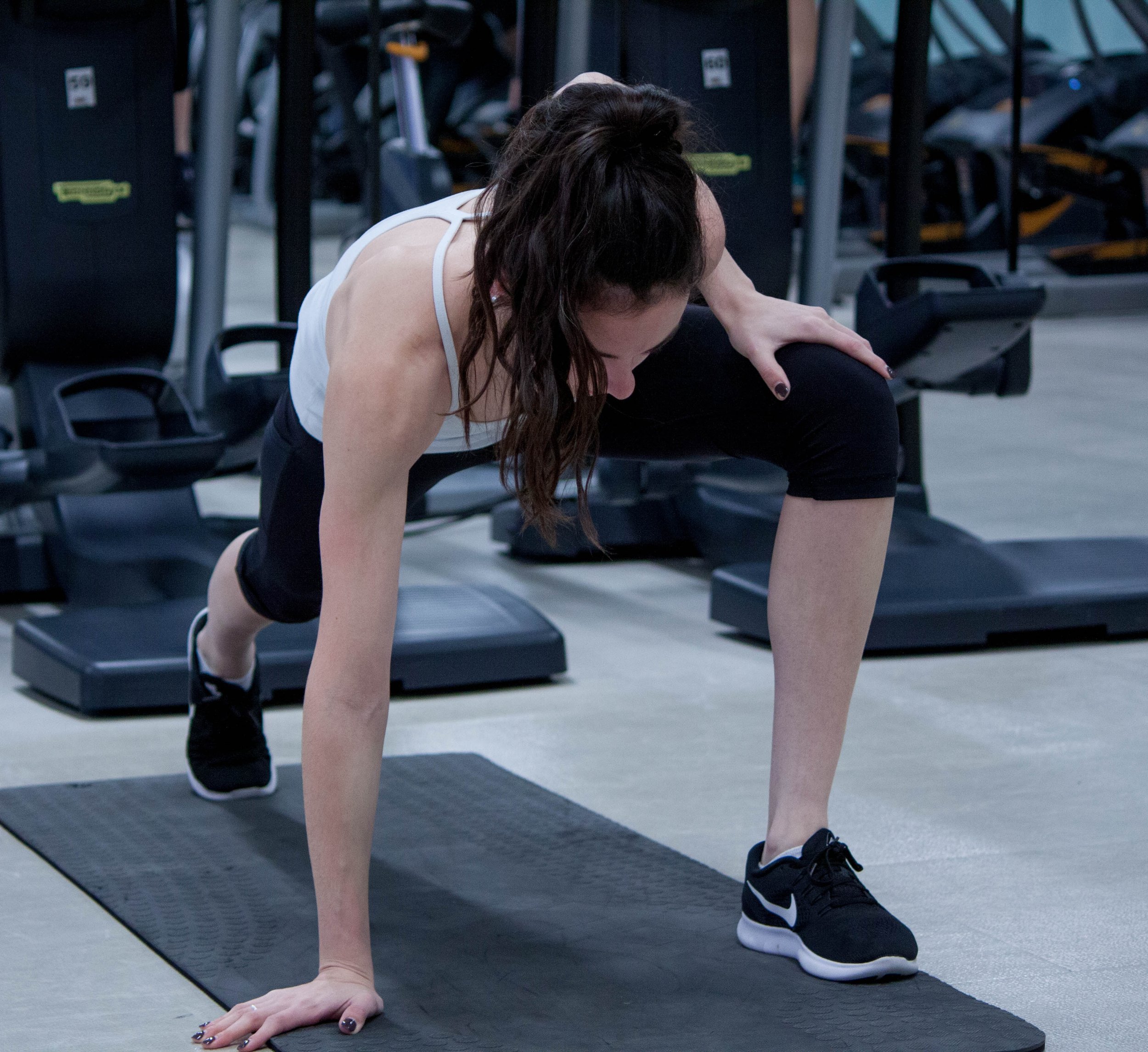Lifting weights is about more than just looking good in a tank top, that muscle you gain has tremendous benefits to your life and longevity. I’m here to convince you that liftings weights will transform your health and you should start today.
It doesn’t matter your age, gender, or season of life. There are so many benefits, both physically and psychologically, from strength training that we should all be doing it. If you have never lifted weights consistently, you are really missing out.
Here are 10 ways that Lifting Weights Will Transform Your Health:
1. You Increase Strength
This is the obvious one, but it’s more important than you might think. After your mid 30’s you lose strength each year and it accelerates through each decade of life. If you want your future self to be healthy and independent you must start to put in the work to build strength now.
2. You Boost Your Metabolism
Lifting weights aids in weight loss and maintaining a health body composition. Building and maintaining muscle requires a lot of energy, so your body is using more calories even at rest when you have more muscle. Conversely, losing muscle means you are lowering your resting metabolic rate.
3. You Improve Mood & Memory
Pumping iron pumps more blood to your brain. Subsequently, memory and mental focus improve. It also causes the brain to produce “happy” chemicals that increase energy and optimism. In fact, a reduction in depression and anxiety is demonstrated in many weight lifting studies.
4. You Increase Bone Density
The fact that most women will experience an osteoporotic fracture in their lifetime has my 40 something self looking for ways to make my bones stronger. Putting a heavy load on your body on a regular basis is the best way to improve bone density. As the muscles you are working pull on the bones they are attached to, those bones also become stronger.
5. You Improve Posture
Do you slouch at your desk most of the day? Improving strength and muscle mass can help support your spine in an upright posture. In addition, as you train with resistance it will become easier to stand or sit for extended periods of time.
6. You Decrease Arthritis Pain
Strength training will not change the wear and tear that occurs in our joints over time. Science is still working on ways to do that. However, strong muscles surrounding a joint will decrease pain, stiffness, and slow down the progression of degeneration.
7. You Sleep Better
Resistance training is shown in studies to improve sleep quality. In addition, it’s easier to fall asleep when you are physically active during the day. But remember, it is important to avoid any type of training too close to bed time though.
8. You Stabilize Blood Sugar
Muscle is a storage tank for glucose and using your muscles help glucose be used most effectively. This prevents sugar from staying in the blood stream too long, increasing insulin production, and too much being stored in the liver. Studies show strength training increases insulin sensitivity and can decrease risk for type 2 diabetes.
9. You Decrease Inflammation
When muscles are used in strength training activities they produce myokines, a substance that helps counteract inflammation and boosts the immune system. Since low level inflammation is linked to a wide range of chronic health conditions, we shouldn’t pass up the anti inflammatory effects of exercise.
10. You Live the Life you Love
Having strong muscle and bone, power, and agility as we age allows us to continue to participate in the activities we love most. Whether that is traveling, pickle ball, gardening, golf, or chasing kids on the playground; strength training will give us the freedom to keep moving and keep living.
We encourage you to get started with a weight lifting routine today. If you don’t feel confident with resistance training or have an injury that you need to work around, get professional help to ensure you are safe and effective. Contact us today for a movement screen and a personalized anti aging exercise prescription. Inquire about availability of our Doctors of Physical Therapy HERE.
Lastly, go slow and enjoy the process. It can take a few weeks for your body to adjust to a strength training routine, but it won’t be long before you wonder why you waited so long to get started.
